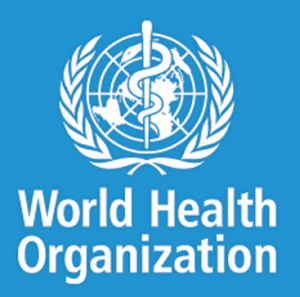Road accidents kill 1.25 million people annually – WHO
 Some 1.25 million people die annually as a result of road traffic crashes, according to the World Health Organization’s (WHO) Global status report on road safety 2015.
Some 1.25 million people die annually as a result of road traffic crashes, according to the World Health Organization’s (WHO) Global status report on road safety 2015.
This is despite improvements in road safety measures.
The report highlights that road users around the world are unequally protected; however, the risk of dying in a road traffic crash still depends, in great part, on where people live and how they move around.
The report, which was made available to the Ghana News Agency on Monday by Christian Lindmeier, WHO Communications Officer, said, in the last three years, 79 countries had seen a decrease in the absolute number of fatalities whiles 68 countries had seen an increase.
“Road traffic fatalities take an unacceptable toll – particularly on poor people in poor countries,” said Dr Margaret Chan, Director-General of WHO.
The report noted that however, the number of road traffic deaths is stabilizing even though the number of motor vehicles worldwide had increased rapidly, as has the global population.
It said countries that have had the most success in reducing the number of road traffic deaths have achieved this by improving legislation, enforcement, and making roads and vehicles safer.
“We’re moving in the right direction. “The report shows that road safety strategies are saving lives. But it also tells us that the pace of change is too slow,” Dr Chan added.
The report indicated that a big gap still separates high-income countries from low- and middle- income ones, where 90 per cent of road traffic deaths occur in spite of having just 54 per cent of the world’s vehicles.
It said in Europe in particular, the region’s wealthier countries, has the lowest death rates per capita whiles Africa has the highest.
According to the report, more countries were now acting on road safety, but further action was required to make roads safer.
It said in the last three years, 17 countries had aligned at least one of their laws with best practice on seat-belts, drink–driving, speed, motorcycle helmet or child restraints.
The report, which was funded by Bloomberg Philanthropies; reveals that globally, 105 countries have good seat-belt laws that apply to all occupants and 47 countries have good speed laws defining a national urban maximum speed limit of 50 Km/h and empowering local authorities to further reduce speed limits.
According to it, 34 countries have a good drink–driving law with a blood alcohol concentration (BAC) limit of less than or equal to 0.05 g/dl as well as lower limits of less than or equal to 0.02 g/dl for young and novice drivers.
It said 53 countries have a child restraint law for occupants of vehicles based on age, height or weight, and apply an age or height restriction on children sitting in the front seat.
Motorcyclists are particularly vulnerable, making up 23 per cent of all road traffic deaths.
It said pedestrians and cyclists are also among the groups with the least protection, making up 22 per cent and four per cent of global deaths respectively.
“Decision-makers need to rethink transport policies,” – said Dr Etienne Krug, Director of WHO’s Department for Management of Noncommunicable Diseases, Disability, Violence and Injury Prevention.
“Improving public transport as well as making walking and cycling safer requires us to refocus our attention on how vehicles and people share the road. The lack of policies aimed at vulnerable road users is killing people and harming our cities. If we make walking and cycling safer there will be fewer deaths, more physical activity, better air quality, and more pleasant cities.”
The report also found that some vehicles sold in 80 per cent of all countries worldwide fail to meet basic safety standards, particularly in low- and middle-income countries.
The Global status report on road safety 2015 comprises a narrative text combining evidence, facts and best practices with conclusions drawn following the analysis of the data collected for 180 countries.
The report is the third in its series and is the official monitoring tool of the Decade of Action for Road Safety 2011-2020.
Source: GNA
